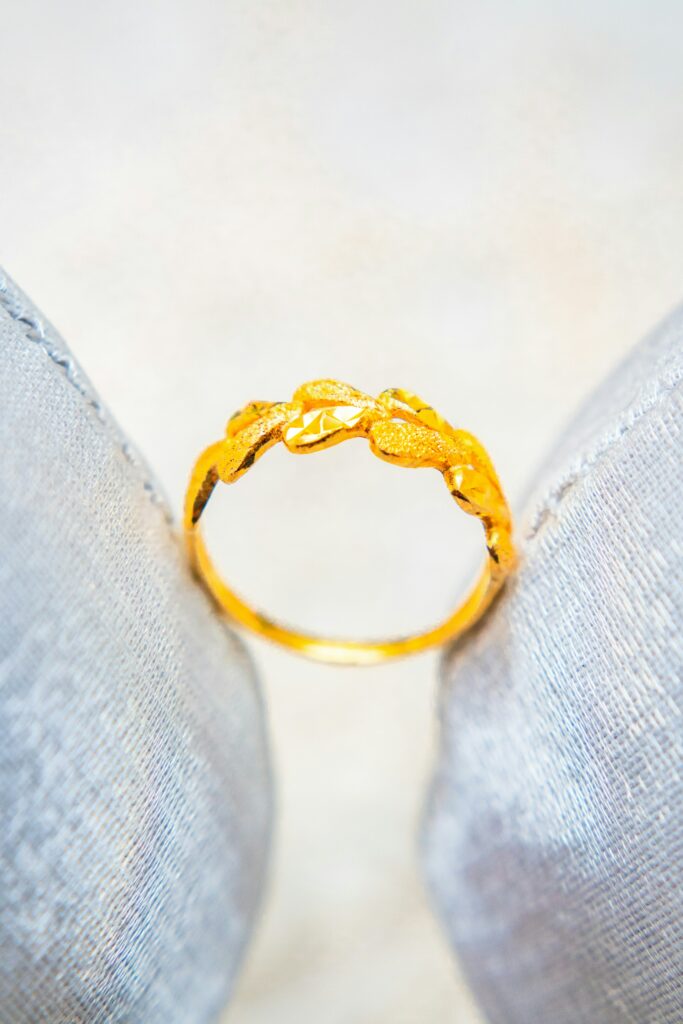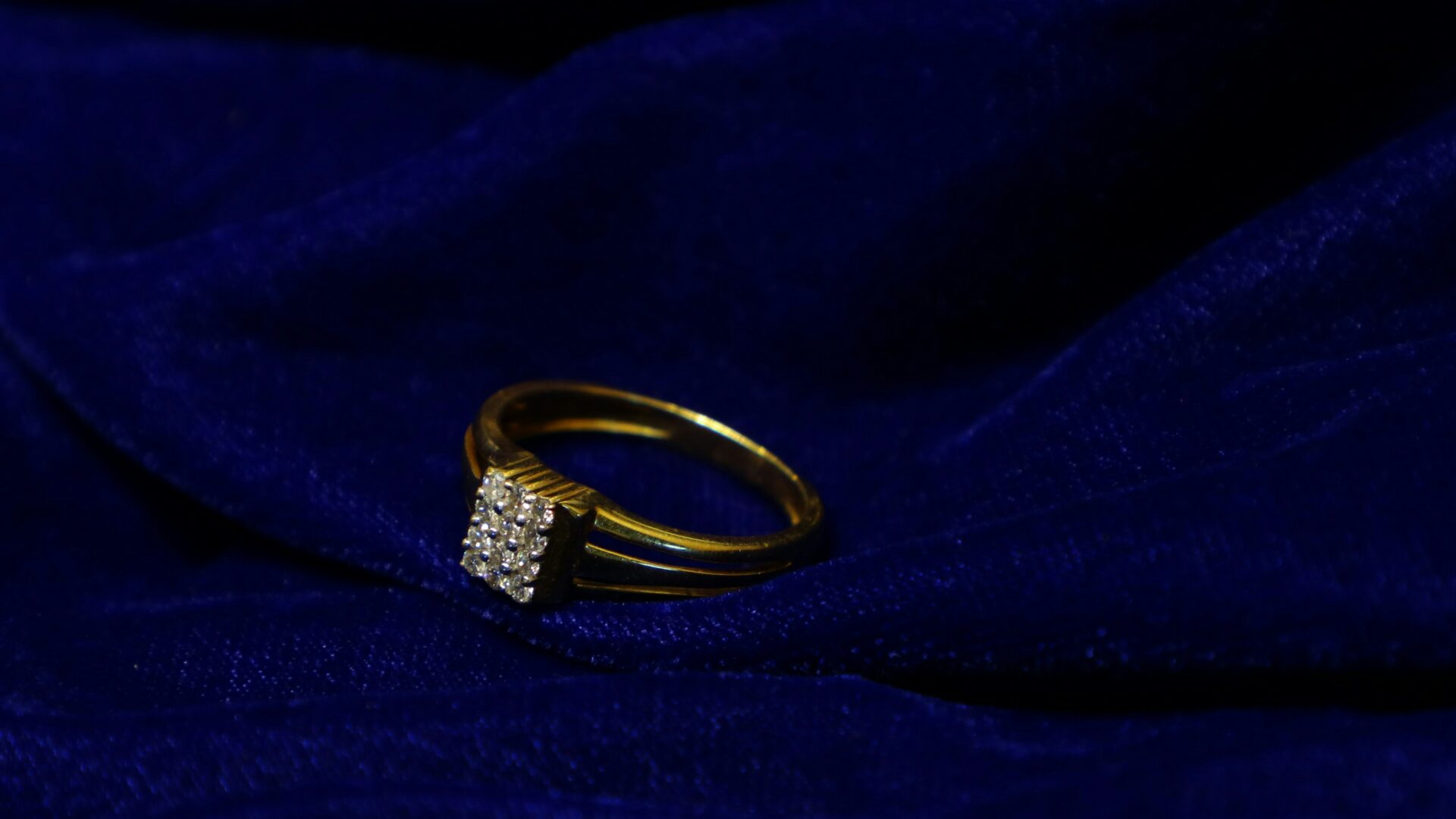A professional jewellery evaluation is the safest way to find out how much your ring is actually worth today for a particular purpose, whether you’ve just said “yes” or you’re setting up insurance on a family heirloom. Ring appraisals help you sell at a fair price, settle estates without speculation, and safeguard you if your ring is lost or stolen. To help you make reservations with confidence, this guide discusses when to evaluate, the many kinds of assessments, what influences value, and how to select a reliable expert.
Why Jewellery Appraisal Matters
An appraisal is a written, professional opinion of value for a clearly stated purpose and date, backed by gemological testing and market research. It’s more than “what someone would pay.” A proper appraisal lets you:
- Insure Correctly: Insurers rely on an appraisal to set coverage limits and replace “like kind and quality.”
- Prove Ownership and Specs: The report records diamond grades, metal fineness, hallmarks, maker’s marks, and photos.
- Support Resale, Estate, or Donation Decisions: Different situations require different definitions of value.
Appraisal vs. Evaluation (or “Valuation”)
People use these words loosely, but in practice, an appraisal is a formal, signed report prepared by a qualified professional for a defined purpose (e.g., insurance) with a stated methodology and value conclusion as of a specific date. An evaluation (or informal “estimate”) is often a quick opinion or retail quote without full testing or documentation. For insurance, legal, or tax purposes, you want the former.

When You Should Appraise a Ring
Let’s go over when to appraise a ring:
- Before Insuring or Selling a Ring
Insurers typically require a recent appraisal to set your policy. If you’re selling, an appraisal (or a fair market value opinion) helps you price realistically and negotiate from facts, not feelings. - After Major Life Events (Marriage, Divorce, Inheritance)
Ownership changes and estate settlements are smoother with current documentation. In divorce or probate, a formal value conclusion (often Fair Market Value) is essential. - Every Few Years, to Reflect Market Price Changes
Diamond, gold, and platinum prices move. Many jewellers suggest updating insurance appraisals every 2–3 years so your coverage keeps pace with replacement cost.
3 Types of Jewellery Appraisals
Here are the three types of appraisals:
1) Insurance Appraisal (Replacement Value)
Used to insure your ring. The value represents the cost to replace the item with one of like kind and quality through typical retail channels at today’s prices. This number may be higher than the resale value because it reflects full retail replacement.
2) Fair Market Value (FMV) Appraisal
Used for resale, estate division, charitable donations, or tax matters. FMV is the price a willing buyer and seller would agree to, neither under compulsion, with reasonable knowledge of relevant facts, in an open market. This is commonly lower than the insurance value.
3) Liquidation Appraisal
Used when you need to sell quickly (e.g., urgent cash needs, business closure). It reflects a reduced, time-constrained value assumption.
Tip: Depending on the purpose of the ring, it can have three distinct correct values. Ask your appraiser which concept of value best suits your circumstances.
How Does the Appraisal Process Work?
Check out the appraisal process:
Step 1: Select a Certified Appraiser or Gemologist
Seek certifications such as GIA Graduate Gemologist (GG), American Gem Society (AGS) titles (such as CGA), and affiliation with appraisal associations such as the National Association of Jewelry Appraisers (NAJA), American Society of Appraisers (ASA), International Society of Appraisers (ISA), or, in Canada, Canadian Jewellers Association (CJA). These signs demonstrate integrity, education, and training.
Step 2: Visual Inspection and Testing
Your expert will examine and, when appropriate, test gemstones and metals. Common steps include:
- Diamond grading indicators: Cut quality (proportions, light return), colour, clarity, and carat weight (the 4Cs).
- Metal analysis: Karat stamping (10K/14K/18K), platinum fineness, hallmark verification, and XRF testing when needed.
- Design & craftsmanship: Setting style, maker’s marks, brand signatures, condition, and any prior repairs.
- Advanced tools (when applicable): Microscopy, UV fluorescence checks, measurements, and verification against any existing lab reports (e.g., GIA diamond reports).
Step 3: Documentation and Final Report
You’ll receive a written report with:
- Full description and measurements
- Stone grades and weights (estimated if mounting prevents removal)
- Metal type and purity
- Clear photos
- Stated purpose and definition of value (insurance, FMV, or liquidation)
- Market sources and methodology
- The final value is concluded with an effective date
Keep both digital and printed copies.
What Affects a Ring’s Appraised Value
Here are the factors affecting a ring’s appraised value:
Diamond Quality (The 4Cs)
- Cut: The biggest beauty driver affects brilliance and is often valued the most.
- Colour: Less colour (closer to D) generally means higher value (for white diamonds).
- Clarity: Fewer/lighter inclusions typically command a premium.
- Carat: Larger stones jump at size thresholds (e.g., 1.00 ct, 1.50 ct).
Metal Type and Purity
Platinum and 18K gold typically cost more than 14K. White, yellow, or rose gold preferences can shift with fashion, but intrinsic value follows purity and weight.
Brand, Craftsmanship, and Market Trends
Designer signatures, limited editions, and meticulous hand-finishing add value. Market tastes (oval and emerald cuts, hidden halos, lab-grown diamonds, etc.) can influence demand.
Condition and Authenticity of Stones
Polish, prong wear, chips, or non-original parts affect value. A diamond’s origin (natural or lab-grown) and any treatments, such as fracture filling or high-pressure, high-temperature (HPHT), significantly impact value; your appraiser must disclose these details.
How to Prepare Your Jewellery for Appraisal
- Clean the Piece Properly: A gentle clean (or let the jeweller do it) helps reveal inclusions and metal details.
- Gather Documentation: Receipts, prior appraisals, lab reports (e.g., GIA), brand certificates, and service histories.
- Photograph Your Ring: Snap front, profile, and hallmark areas for your records.
How Much Does a Jewellery Appraisal Cost?
Typical Pricing Models
- Flat fee per item (common for simple pieces).
- Hourly rate for complex, high-value, or multi-stone items.
Typical Ranges
Expect roughly $75-$200+ per item or $100-$250+ per hour, depending on locale, complexity, and the appraiser’s credentials.
Why “Cheap” Appraisals Can Cost More Later
Under- or overvalued reports can leave you underinsured (paying out-of-pocket if a loss occurs) or overpaying premiums. In resale or legal contexts, weak documentation can derail outcomes. Pay for quality; it protects you.
How to Choose a Trustworthy Appraiser
- Check Certification and Affiliations: GIA GG, AGS, NAJA/ASA/ISA memberships, and, in Canada, CJA-affiliated professionals.
- Avoid Conflicts of Interest: It’s best if the person valuing your ring isn’t simultaneously trying to buy it.
- Look for Transparent Reports: Clear photos, full descriptions, methodology, and a stated purpose/date of value reflect professionalism and defensible conclusions.
What to Do Next After the Appraisal
- Use the Appraisal for Insurance: Share the report with your insurer to set or update coverage. Ask about replacement terms and deductibles.
- Update Every 2–3 Years: Keep coverage aligned with changing diamond and metal prices.
- Store Copies Safely: Keep digital and physical versions in separate places (e.g., cloud + home file). Update if you resize, reset, or repair the ring.
FAQs About Ring Appraisal
- How do I know if my ring needs an appraisal?
If you’re insuring, selling, settling an estate, or haven’t updated documentation in 2–3 years, you likely need one. - How much is my diamond engagement ring worth?
It depends on cut, colour, clarity, carat, metal, brand, and current market conditions. A professional appraisal for the right purpose (insurance vs. FMV) gives a defensible number. - How to get my jewellery appraised online?
Remote “estimates” can be helpful, but a proper appraisal usually requires in-person inspection and testing. Many appraisers offer hybrid services: preliminary online review and in-person verification. - Do jewellery stores offer free appraisals?
Some offer complimentary estimates for items purchased there. For formal insurance or legal use, expect a paid appraisal from a qualified professional. - How long does an appraisal take?
Simple pieces can be done the same day or within 24–72 hours; complex items or large estates take longer. Ask your jeweller for a timeline up front.
Key Takeaways
- Appraisals are purpose-built: insurance (replacement), fair market value (resale/estate), or liquidation (quick sale).
- Choose a credentialed professional (GIA/AGS, NAJA/ASA/ISA, CJA in Canada) and insist on a clear, photo-rich report.
- Update every 2–3 years to keep insurance coverage accurate.
- Prepare by cleaning the ring, gathering documents, and taking photos.
- The 4Cs, metal purity, craftsmanship, condition, and market trend, drive value.
Ready to appraise your ring? Book a professional diamond engagement ring appraisal or wedding ring appraisal with our team. We provide transparent, purpose-built reports you can trust for insurance, resale, or estate planning, plus friendly guidance at every step.

